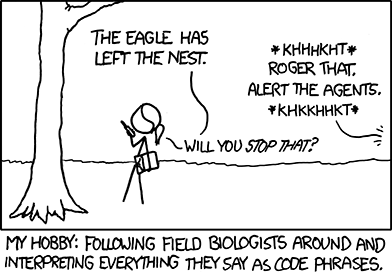The Holly trees at The Hollies are an extraordinary range of shapes. Many are individual isolated trees that have been sculpted by wind and time into gnarled shapes that stretch and lean. There is precious little shelter to be had, either for the trees themselves, or any insects that might live in or on them, or indeed for the visiting entomologist. This must be one of the few Holly populations anywhere in Britain where the Holly Leaf-miner fly (Phytomyza ilicis) struggles to gain a foothold - I found just a few mines on one of the slightly less exposed trees.
 |
| Pogonocherus hispidus on Holly bark at The Hollies |
An hour or so of beating and grubbing around the trunks of the the trees produced a small list of other species:
- Holly Speckle fungus, Trochila ilicina (a tiny fungus that only grows on dead Holly leaves)
- Lesser Thorn-tipped Longhorn Beetle, Pogonocherus hispidus
- a fly, Sylvicola cinctus
- Holly Leaf-miner fly, Phytomyza ilicis
- a flower bug, Anthocoris nemoralis
- a flower bug, Anthocoris nemorum
- Common Rough Woodlouse, Porcellio scaber
- Walnut Orb-weaver spider, Nuctenea umbratica
A modest list, but not bad for a very cold February afternoon, especially as all but two (Porcellio scaber and Anthocoris nemorum) of these invertebrates are new records for the Stiperstones area, according to the useful list compiled by Pete Boardman in 2010. I find it comforting that these many of these species have probably been happily living at The Hollies for many generations, over the centuries since the current hollies started growing.
The Hollies is a Shropshire Wildlife Trust reserve and SSSI, so thankfully its special character has been recognised and is being looked after. It's a shame that so many of the hollies have had to be fenced off, making it look rather like a tree zoo - presumably this is to prevent the trees being damaged by grazing stock. But the ancient hollies still work their magic, redolent of centuries of human interaction with the landscape. There's more about the history of The Hollies on Sara Bellis's blog, where she comments that in the past small boys would have been sent up the trees to collect the higher, less prickly leaves, as livestock feed. Since I was accompanied on my visit by a small boy in the shape of Kitenet jnr it's a shame I didn't think to put him to gainful employment for once ...




